Diving is exciting. Diving is adventurous. And diving is not always a fun only activity. This is especially true when you are brave enough to face one of the most challenging diving spots there are: Cenotes. Diving in cenotes is something for the real pros – and so is taking underwater pictures in cenotes for that matter. But let’s start at the beginning …
What is a cenote?
“Cenote” is a Spanish term and refers to a cave or tunnel which has been formed due to a collapse of limestone rocks and that exposes groundwater underneath. It originates from a word used by the Yucatec Maya to describe a location with accessible groundwater (ts’onot). Cenotes are natural sinkholes or pits that are usually visible from the surface and filled with crystal clear water.
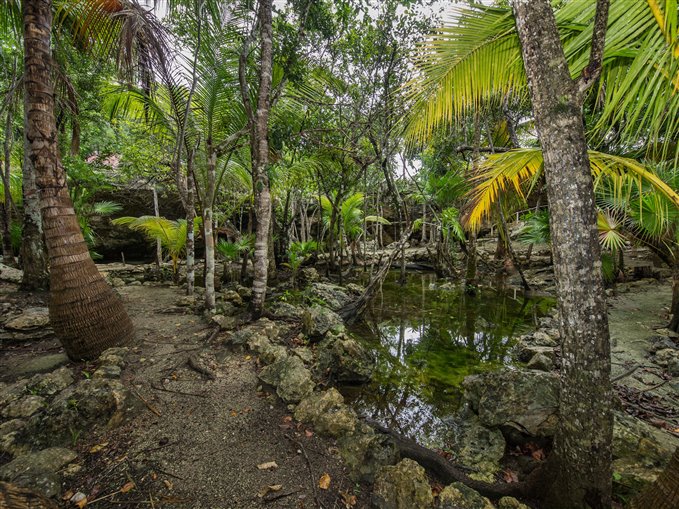
Melanie Benz • E-5 • Zuiko Digital ED 7-14 mm F4.0
They are especially associated with the Yucatán Peninsula of Mexico as this area has the highest concentration and the greatest number of cenotes in the world. There are different types and locations of cenotes – from caves to underwater passages with large pools to water filled wells; you can find them in all shapes and sizes from the jungle to the city. Without doubt, cenotes carry a certain mystery around them. Word has it that the ancient Maya considered them sacred doors to another world and used it for both human and animal sacrifice. As a cultural and historical heritage of Mexico they are protected by the Convention on the Protection of Underwater Cultural Heritage.
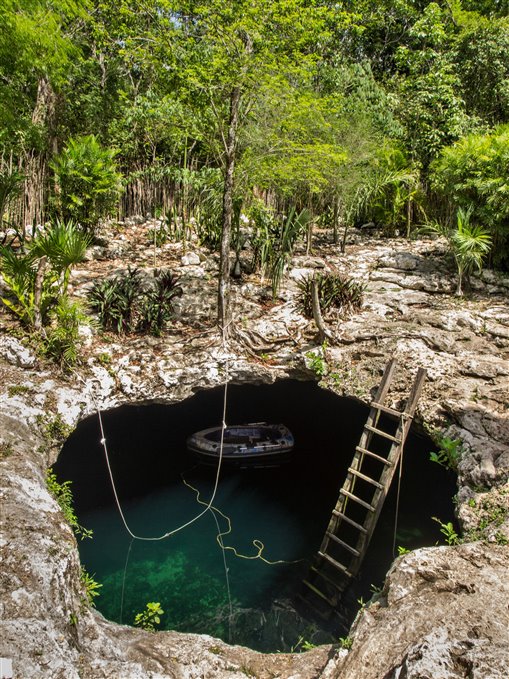
Melanie Benz • E-5 • Zuiko Digital ED 7-14 mm F4.0
And now for the most important question: What do you need to know about diving in cenotes?
As dangerous as diving in cenotes may sound, the spectacular lights and unusual photo objects like stunning formations of stalagmites and stalactites as well as the most fabulous crystal clear water are definitely worth giving it a thought – or a read at least. As you are technically not entering a cave and should always be able to see natural light (and therefore a quick and direct way out), cenote diving does usually not require a cave diving certification. So, technically cenote diving is cavern diving. However, it is not really any easier than cave diving as such and you are not always able to make a direct vertical ascend. That is why you should at least have an open water diving certification combined with a good level of buoyancy.
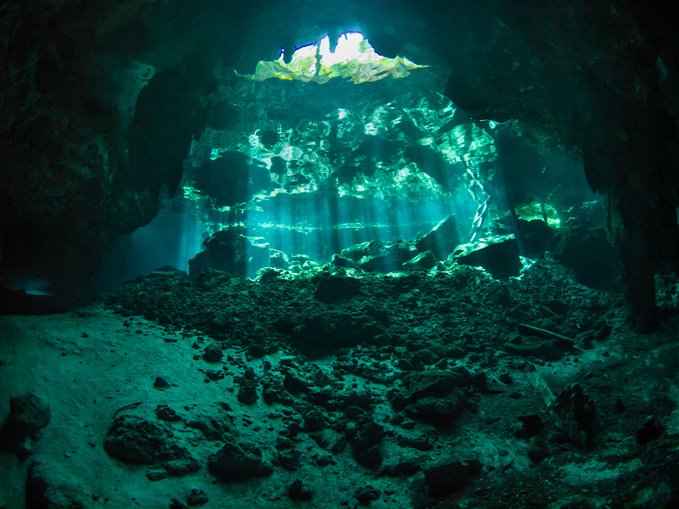
David Benz • E-M1 Mark II • M.Zuiko Digital ED 8mm 1:1.8 Fisheye PRO • PT-EP14 • PPO-EP02
That’s not enough, though. It goes without saying that you shouldn’t and can’t really dive a cenote all on your own. You should rather book your dive at one of the dive centers and dive accompanied by an experienced cavern guide who is also full cave certified. Don’t hesitate to double check this before your booking. Apart from listening to your guide, you should look out for the many safety signs put in place to ensure you’re diving safely. You should take each and every one of them seriously as they provide you with important information about the cenote and the nearest way out.
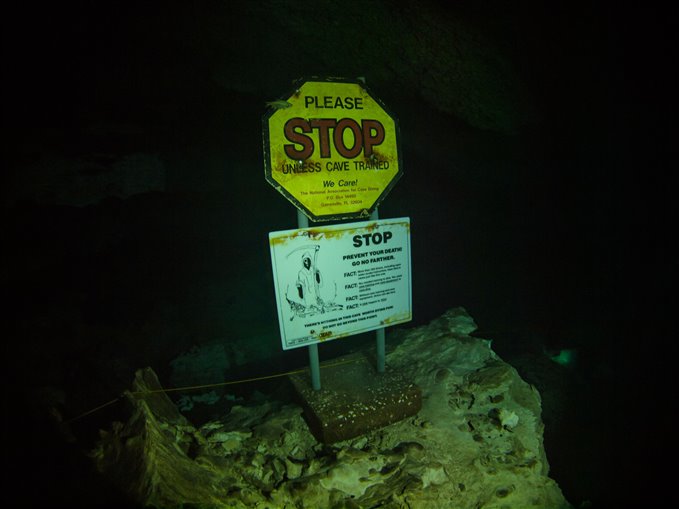
David Benz • E-M1 Mark II • M.Zuiko Digital ED 8mm 1:1.8 Fisheye PRO • PT-EP14 • PPO-EP02
Diving in cenotes with a tour operator normally implies diving with a group of people which leads us to the next important issue: Getting into really tight places. Although groups should be kept small (usually 4 people + 1 guide) and the guides are required to avoid areas that might be too tight for two divers to pass through at the same time, you might also find cenotes that don’t fulfill that requirement. So, be prepared for a little tightness and rather avoid small cenotes when you are very claustrophobic.
Another issue when diving in cenotes in a group is that other divers or yourself can kick up silt which can blur your vision and cause a temporary low visibility which is extremely uncomfortable in very tight places. Moreover you should be prepared for the possible darkness you may encounter in some parts of the cenotes. The experienced night divers of you will know that darkness can influence your sense of orientation and can therefore make you feel a bit anxious or lost at times. So, before any cenote diving activity it might be a good idea to try night diving beforehand. Equipment is another thing to think about. Whereas the sea water gets really warm in summer, the water in Mexico’s cenotes is usually colder and around 24° Celsius, which is why a full wetsuits is highly recommended. Your guide should of course use full cave diving equipment when guiding you through the cenotes, so be sure to dive with an experienced and professional guide you feel comfortable with.
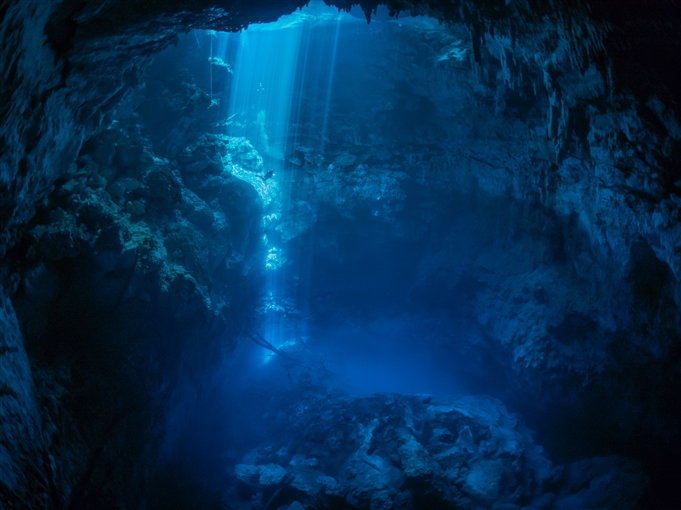
David Benz • E-M1 Mark II • M.Zuiko Digital ED 8mm 1:1.8 Fisheye PRO • PT-EP14 • PPO-EP02
To sum up, the most important thing when diving cenotes is to always dive within your limits and to not do anything you don’t feel 100% comfortable with! Avoid the cave zones at all times, even if your guide is inviting you to do otherwise and don’t feel bad if you have to stop the dive if you don’t want to continue. If you follows these rules, cenote diving can be a once in a lifetime experience guaranteeing fabulous shots and unforgettable memories. It is certainly unlike any other diving experience!
Stay tuned on our blog for more experiences with cenote diving …
Comments